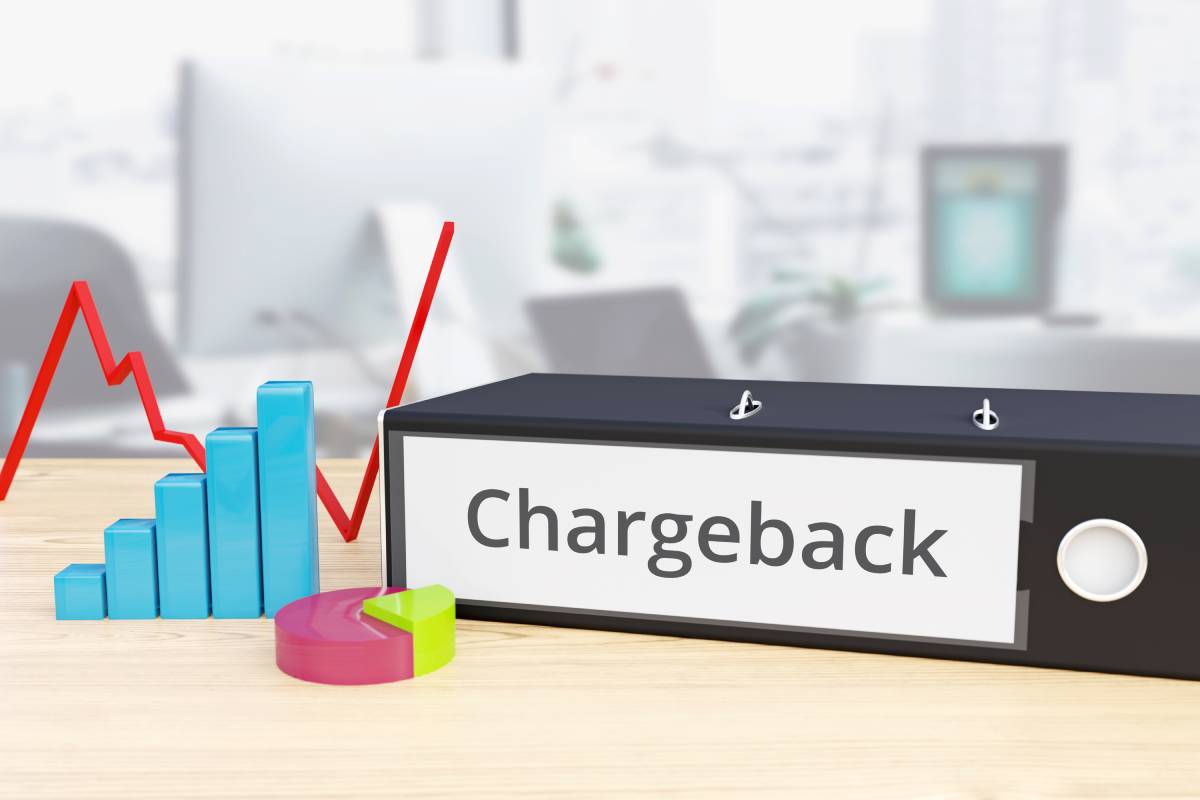What is a Chargeback credit card?
A credit card chargeback is the payment amount refunded to a debit or credit card when the customer disputes the transaction or returns the item purchased. In case of claiming fraudulent activity, a credit card chargeback reverses the credit transaction of the cardholder. Credit card chargeback is the system to save the credit card holders from the fraud merchants selling dissatisfactory products or services. A cardholder is supposed to resolve the issues with the merchant for their purchase before requesting any credit reversal because an unjustifiable claim not only hampers the business but also makes the cardholder commending criminal fraud.
Main reasons for Chargeback by credit card
- Payment charged for the items never received
- Merchant charged the amount twice by mistake
- Charged Mistakenly because of technical issue
- Card holder’s card information is not accurate
- Merchant selling defective items or involved in fraudulent activities, etc.
Credit card chargeback Merchant Rights
To ensure merchants’ parity, merchants’ substantial rights under the chargeback system allow the merchants to dispute the chargeback whenever possible.
A disagreement with chargeback allows merchants to show their legal sale, whereas choosing not to combat chargeback tends to increase the merchant’s fraud.
There are specific procedures and guidelines for the merchants to follow to engage in chargeback representation to dispute a chargeback if the claim is unreasonable or unfair.
Key Protections for Merchants
The chargeback process is designed with credit card chargeback laws and rights for both consumers and merchants. There are primary credit card chargeback Merchant rights, such as as-.
- Chargebacks cover up the purchase price only. The bank is not entitled to make the full chargeback. The chargeback can be made whole or partial for the transaction, and the bank can also issue multiple partial chargebacks. The amount of chargeback cannot exceed the total amount of the transaction.
- The cashback amount cannot be included in the chargeback amount.
- In the product’s late delivery, the customer can demand chargeback only after returning the product.
- In the case of returned items, a customer cannot file for chargeback before fifteen days. The law for a merchant gives the merchant ample time to review the purchase activity and then issue a refund.
- Reason code is another substantial merchant right that needs to be attached with the chargeback notifications to justify the chargeback. With the reason code, a customer may also need to resolve the merchant’s complaint before filing for the chargeback.
- Representment is the merchant right that enables the merchant to dispute a chargeback by providing convincing proofs to the card issuer or the bank.
Credit Card Chargeback Time Limits
To file a chargeback on a transaction, 60 days to 120 days is a standard time limit for a consumer depending upon the credit network and the chargeback reason code. In some cases, it can take up to 6 months to 365 days to resolve the issue. Similarly, depending upon the credit network and the chargeback reason code, Merchants get around 45 days to fight back or clash with the chargeback.
A chargeback is an integrated and consequential procedure that requires expert guidance to dispute the transaction successfully. Choosing the chargeback management company wisely helps you by offering concrete strategies and solutions to ensure successful chargeback and significantly increase your chances for successful fund recovery.
If you looking for a reliable chargeback credit card assistance or any other help , please contact us by filling out the form or send us an email and we’ll be happy to assist.


